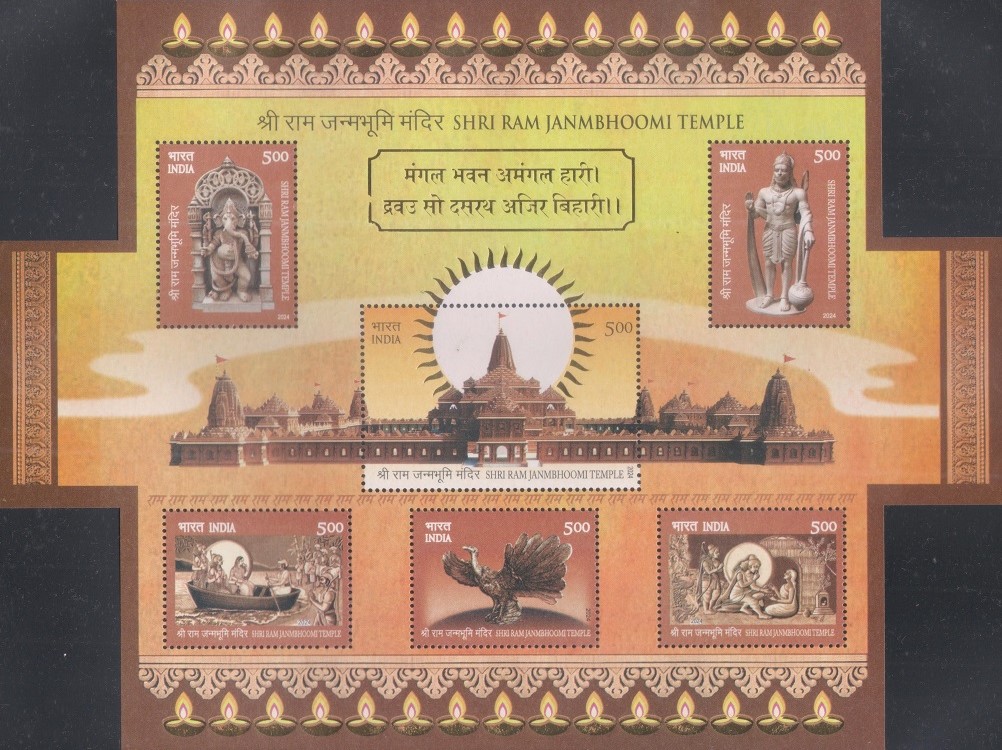
Shri Ram Janmbhoomi Temple
Complete set of 6 nos. of postage stamps on Shri Ram Janmabhoomi Mandir, Ayodhya, Uttar Pradesh, a Hindu temple built at the birthplace of Lord Ram of Ramayana :

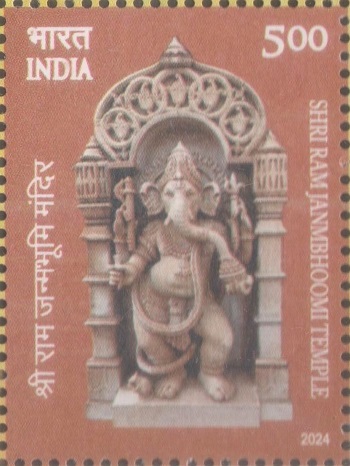
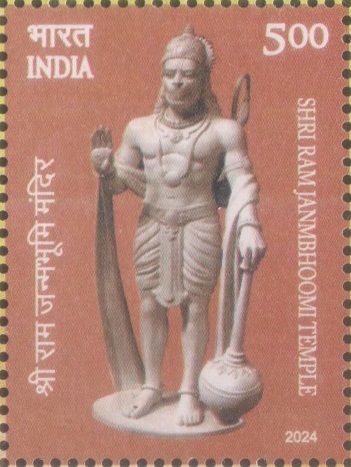
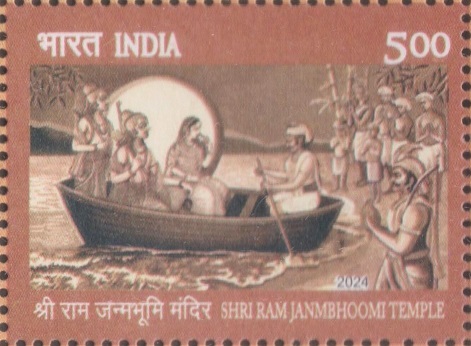

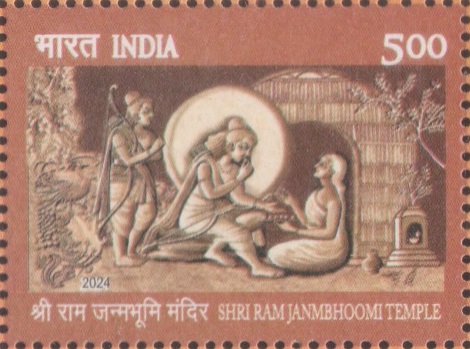
 Issued by India
Issued by India
Issued on Jan 18, 2024
Issued for : Department of Posts is delighted to release Miniature Sheet consisting six commemorative postage stamps on Shri Ram Janmbhoomi Temple and invites every being to seek blessings of Shri Ram for virtuous, blessed and meaningful life.
Credits :
Miniature Sheet/FDC/Brochure/Cancellation Cachet : Sh. Sankha Samanta
Type : Miniature Sheet, Mint Condition
Colour : Multi Colour
Denomination : 500 Paise (6)
Miniature Sheets Printed : 10,00,000
Printing Process : Wet Offset
Printer : Security Printing Press, Hyderabad
About :
- Philosophy and morality are closely intertwined in Indian life. Dharma is the Indian word meaning morals and ethics. The word “dharma” derives from the root “dhr,” which means to hold. Dharma, therefore, serves to maintain the stability and development of human civilization by acting as a unifying force within it.
- Ramo Vighravan Dharma (रामो विग्रहवान् धर्मः) means Shri Ram is Dharma incarnate. Maharishi Valmiki called Shri Ram ‘Dharmavigrah’ in Ramayana, God incarnated for the welfare of the people. Maharishi Ved Vyas said that the incarnation of Shri Ram was not just for killing demons but for teaching dharma to humans. Patience, forgiveness, control of mind, selflessness, purity, restraint of senses, wisdom, knowledge, truth and mercy, these ten characteristics of dharma have been properly reflected in the entire conduct of Shri Ram.
- A fundamental principle of Shri Ram’s life conduct is to be aware of one’s true self. If a man thinks about his real identity and controls his behavior accordingly, then there can be an appropriate solution to the problems prevalent in the society. Shri Ram’s life and his human attributes are highly relevant in modern world to discipline the mind and for continuously developing and changing country.
- Shri Ram Janmbhoomi Temple at Ayodhya is unique for its geographical, historical cultural importance and architectural style. The city of Ayodhya, situated on the bank of pious river Saryu is considered a form of Rama. Ayodhya is filled with many childhood life acts of Rama which ultimately played an important role in his transformation as Maryadapurshottam. Shri Ram Janmbhoomi temple at Ayodhya symbolizes the united faith of every Indian in the life of Shri Ram. The sculptures in the temple complex, spiritual symbols on walls and the overall architectural style describes the divinity of Rama. This temple is the center of renaissance of the spiritual energy of great Bharat.
- The construction of the Shri Ram Janmbhoomi Temple, situated on the sacred birthplace of Shri Ram within a 70-acre complex, is a significant endeavour undertaken by the Shri Ram Janmbhoomi Teerth Kshetra Trust, formed by the Supreme Court on November 9, 2019.
- The main temple is designed in ancient Nagara style of Architecture. The temple is constructed with Pink Bansi Paharpur stones from the mines in Bharatpur district, Rajasthan & spans a vast area of 2.77 acres.
- The construction involves intricate processes, including cutting and carving of stones at Pindwara in Rajasthan, utilizing advanced CNC technology for precision. The final finishing, a testament to craftsmanship, is meticulously done by a team of approximately 1,500 artisans. The stones, after carving, are carefully packed and transported back to the temple for the assembly and erection.
- Impressively standing at a height of 161.75 feet, with a length of 380 feet and a width of 249.5 feet, the three-story temple comprises five mandaps — Nritya Mandap, Rang Mandap, Gudh Mandap, Kirtan Mandap, and Prarthana Mandan — along with the Main Shikar. It is a marvel of architecture, constructed using 26,500 Pink Bansi Paharpur stones, designed to endure for over a thousand years without incorporating steel. Each stone have been carefully inspected by National Institute of Rock Mechanics (NIRM) for its physical properties.
- The temple’s structural integrity is reinforced to withstand seismic activities of Zone 4. The ground floor boasts 166 pillars, the first floor 142, and the second floor 82, including 6 Makrana Marble pillars on each floor, adorned with intricate carvings of over 10,000 Moortis and themes.
- Teak wood sourced from the Maharashtra Forest Department, seasoned in Nagpur, is used for the temple’s 46 wooden doors, with 14 doors on the ground floor embellished with gold plating. The opulent flooring, covering an area of 80,000 square feet, is done with 35mm thick white Makrana Marble, featuring an inlay of 15mm thick coloured marble stones.
- A special highlight of the temple is the mechanism devised by the Central Building Research Institute (CBRI), Roorkee, where during the auspicious day of Ram Navami, Surya Kiran will fall on the forehead (Surya Tilak) of Shri Ram.
- Pranpratishtha at Shri Ram Janmbhoomi Temple is a historic day for the nation. To make this moment truly unique, Department of Posts has conceptualized a set of six stamps on Shri Ram Janmbhoomi Temple. These stamps have been printed with the water and sand from Ram Janmbhoomi, carrying the consciousness and blessings of Shri Ram. The stamps have the fragrance of sandal wood signifying the fragrance of divinity. To make these stamps radiant of the divine light, parts of the Miniature sheet is gold foiled.
- Text : Referenced from content provided by Proponent.


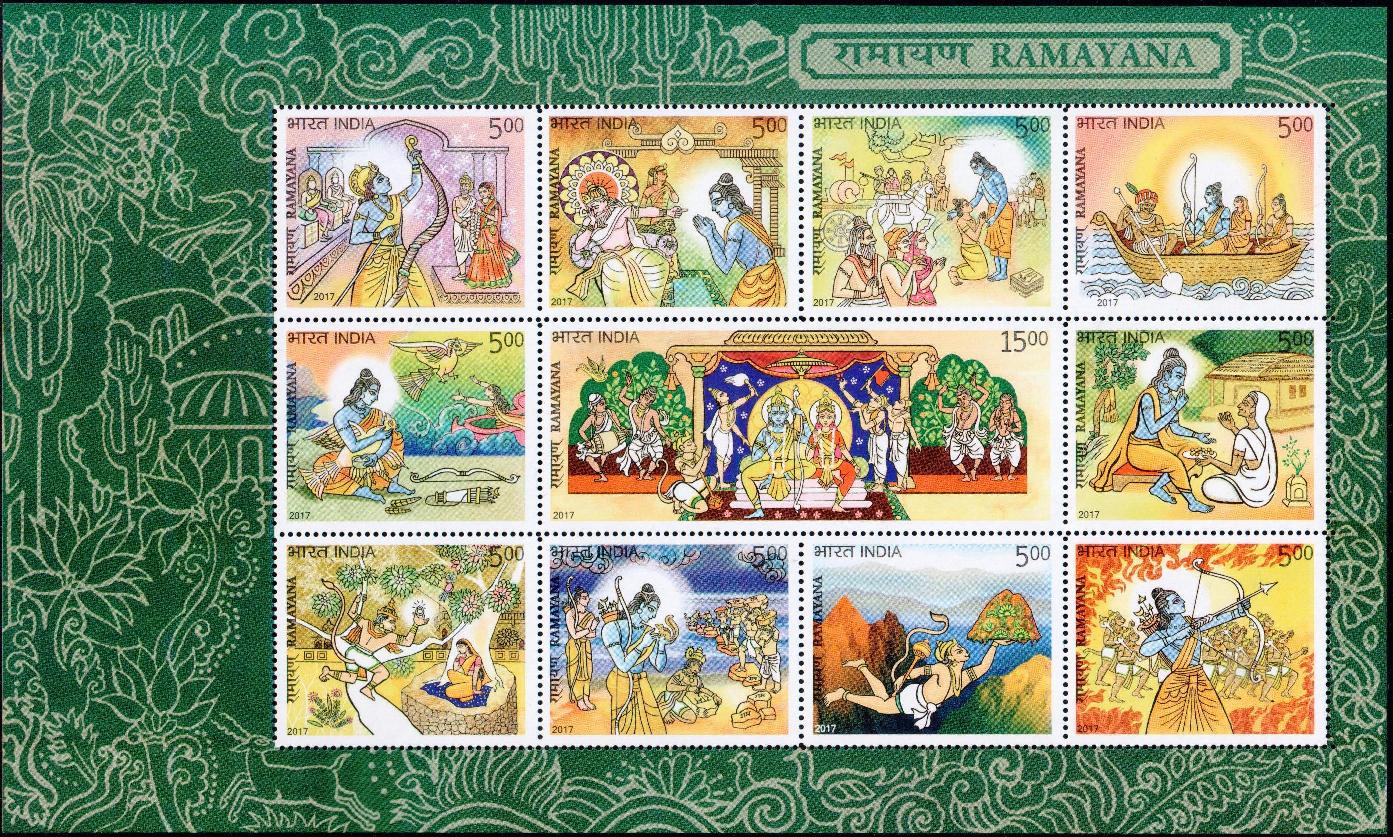

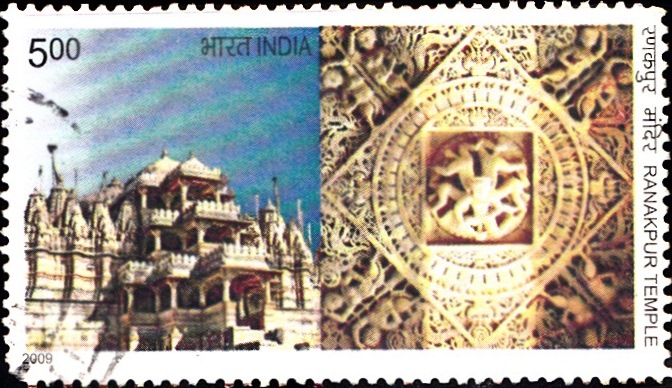

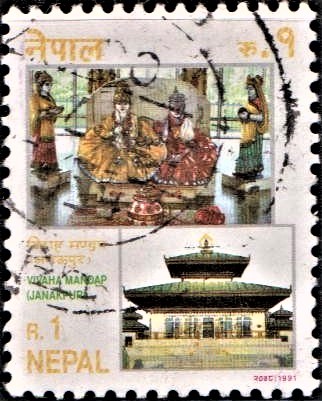
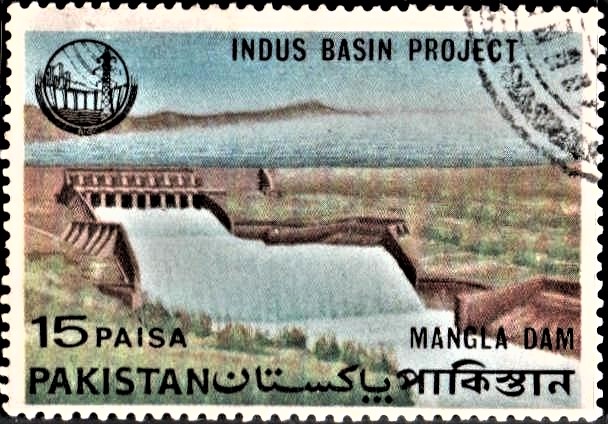
[…] Leaders on Human Survival, President of the Punjab Peace Unity Committee, President of the Ram Janambhoomi – Babri Masjid Solution Committee and a Founding Member of the Vishwa Hindu […]